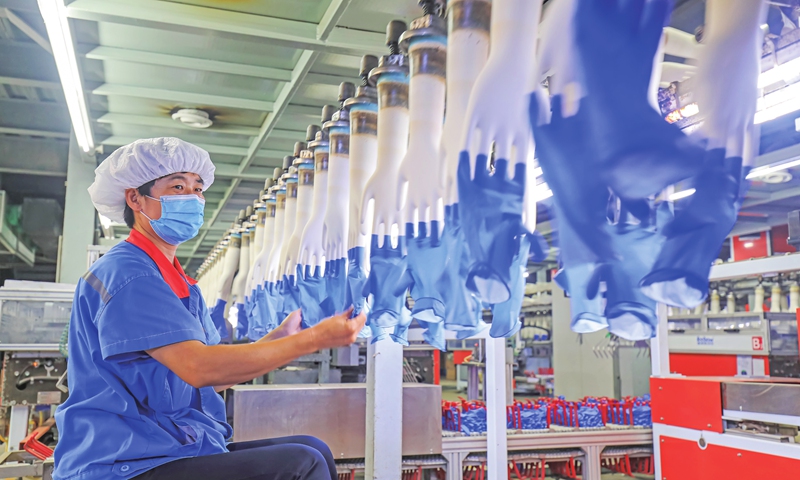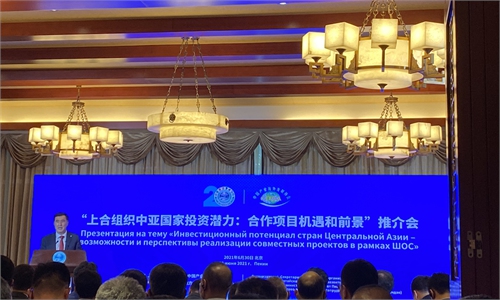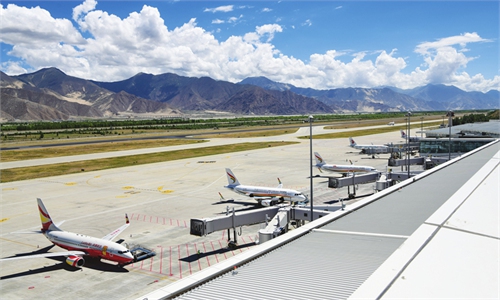
Photo: cnsphoto
South Korea on Wednesday reported 1,212 new COVID-19 cases, marking the highest daily record since the winter outbreak.As the more contagious Delta variant of the coronavirus is spreading fast among some Asian countries, South Korea is only one of those experiencing a new wave of epidemic resurgence, which has prompted concerns as to whether the Delta variant will be a source of uncertainty for Asia's economic recovery.
According to major economic indicators released by various countries in the first half, the global economy fared better than expected, with the overall Asian economic recovery in good shape. However, in the face of the resurgence of the epidemic in many countries amid the fast spread of the new variant of the virus, the economic recovery prospects in Asia may still face risks and challenges.
In order to curb the further spread of the virus, some Asian countries have adopted strict restrictions, creating a negative impact to manufacturing activities. In Japan, seasonally adjusted Markit purchasing managers' index (PMI) for manufacturing slipped from 53 to 52.4 in June; Malaysia's manufacturing PMI fell sharply to 39.9 in June from 51.3 in May; in India, the gauge of manufacturing activities declined further from 50.8 in May to 48.1 in June; and Vietnam's June PMI was also well below the 50 mark at 44.1.
In this context, Asian economies, while outperforming the rest of the world, still face uncertainty that the regional supply chain may suffer further disruptions from the sluggish vaccine rollout and the new wave of the Delta variant infections. Last week, S&P Global slashed its growth forecasts for some Asian economies including India, citing a slower-than-expected vaccination progress as a top risk facing emerging market economies. It claimed that vaccines are being administered at a rate of 0.2 doses per 100 people per day across Asia's emerging economies, and at this rate, it would take another 23 months for 70 percent of their population to be fully vaccinated, according to the Reuters.
Moreover, the widening gap between the rich and the poor in the post-pandemic era could lead to the bearish consumption, thwarting the region's path to a fast recovery. Take India as an example. At a time when the latest wave of outbreak pushed millions into poverty, India's wealthy have got even richer, with Mukesh Ambani, chairman of Reliance Industries seeing his fortune rise some $15 billion in about a year to more than $80 billion, according to media reports.
Despite all these headwinds, there is no need to be too pessimistic about the regional recovery. As long as the epidemic can be contained in Asian countries, the region's economic recovery will be stronger than the rest of the world. This is because Asia is the global manufacturing hub, and the consumption demand released by the global recovery is sure to give a direct boost to the regional economy in the first place.
Moreover, as the center of Asia's industrial chain, China's performance is also an important factor in determining the momentum of the regional recovery in the second half. Since China has already proved itself as the most stable manufacturing center in the region, the spillover effect of its robust recovery and trade boom is bound to be a driving force behind the entire region's economic growth, which is already evident by the trade data between China and its Asian partners in the first half of this year.



